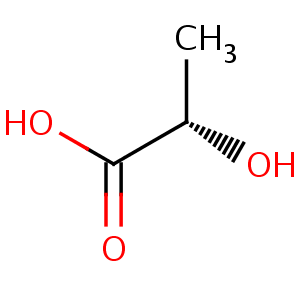 As discussed in a recent post describing the success of early goal-directed therapy for sepsis, the test for serum lactate has enjoyed a rise in prominence in recent years.
As discussed in a recent post describing the success of early goal-directed therapy for sepsis, the test for serum lactate has enjoyed a rise in prominence in recent years.
However, all that is lactic acid is not necessarily sepsis! Here’s a differential diagnosis for lactic acidosis:
1. Shock–especially cardiogenic and septic shock, which is indicative of an inability of the circulatory system to match the metabolic demands of tissue.
2. Bowel Ischemia–mesenteric ischemia, necrotic bowel, etc.–the necrosis of cells in the intestine will release free lactate into the bloodstream.
3. Cirrhosis/Liver Failure–since lactate is metabolized to bicarbonate by the liver, patients with end-stage liver disease often have elevated lactate levels, which is NOT necessarily indicative of shock/hypoperfusion (although this group of patients often represents a conundrum in that they are precisely the type of patient who can get septic & die rapidly.)
4. Grand-mal Seizures: can lead to a transient increase in serum lactate which typically reverses on its own pretty quickly.
5. Thiamine Deficiency: thiamine is a cofactor for enzymes in the glycolytic pathway; its absence prevents adequate cellular metabolism and lactate can build up.
6. Citrate Toxicity in patients on CVVH given citrate-based replacement solution–this is heralded by an increased total calcium concentration along with a decreased ionized calcium concentration.
7. D-lactic acidosis: this atypical form of lactic acidosis occurs when bacterial overgrowth (as might occur in patients with GI bypass surgery) results in the metabolic synthesis of the D-isoform of lactic acidosis, which is not metabolizable to bicarbonate endogenously as is the naturally-occurring L-isoform of lactate.
8. Severe alkalosis: an increase in lactic acid level is a compensatory response to either severe metabolic or respiratory acidosis.
9. Drugs: a variety of drugs can cause lactic acidosis, usually by virtue of mitochondrial toxicity–for example, nucleoside reverse transcriptase inhibitors (NRTIs) used in HIV patients, Metformin, and nitroprusside as a consequence of production of cyanide, a known mitochondrial toxin.

